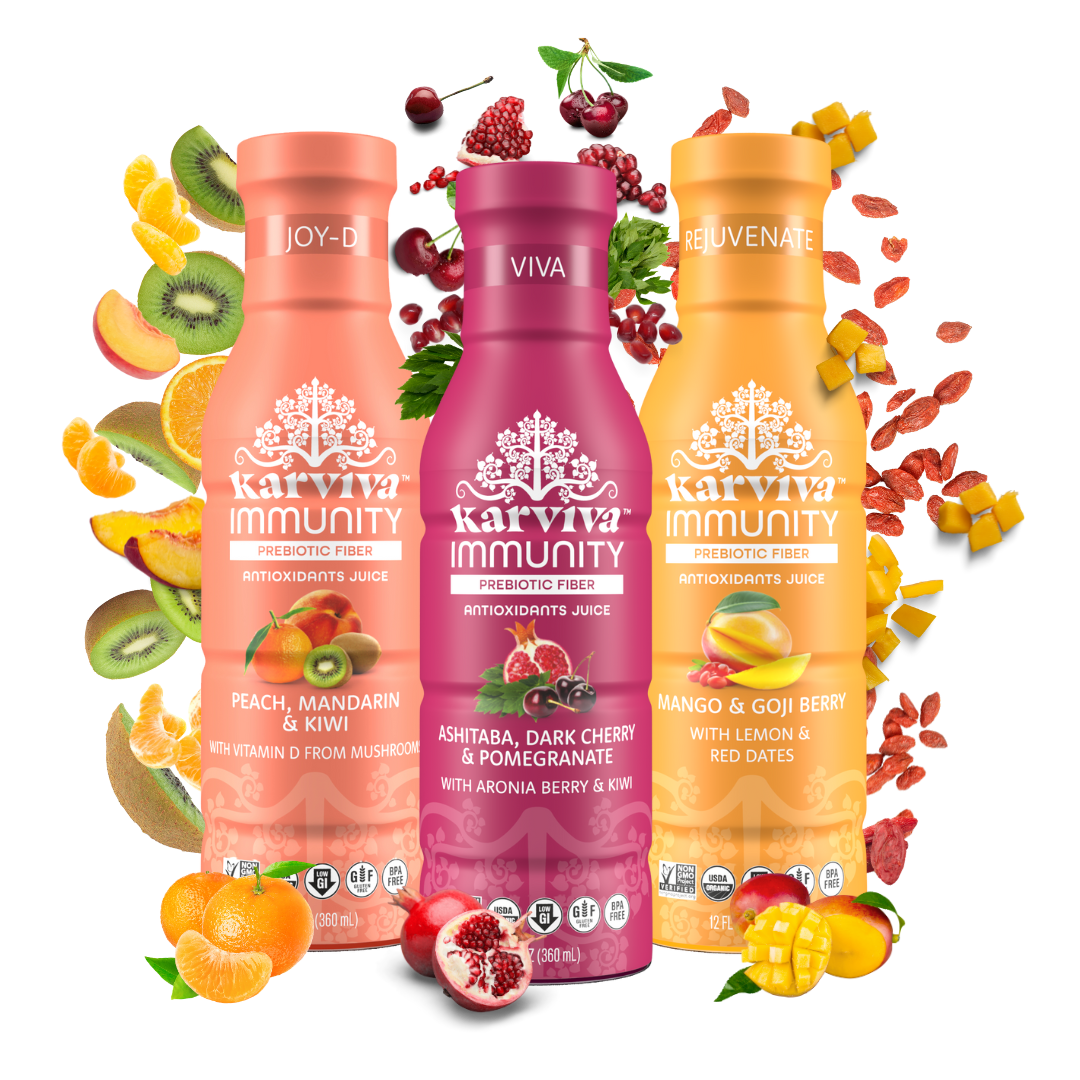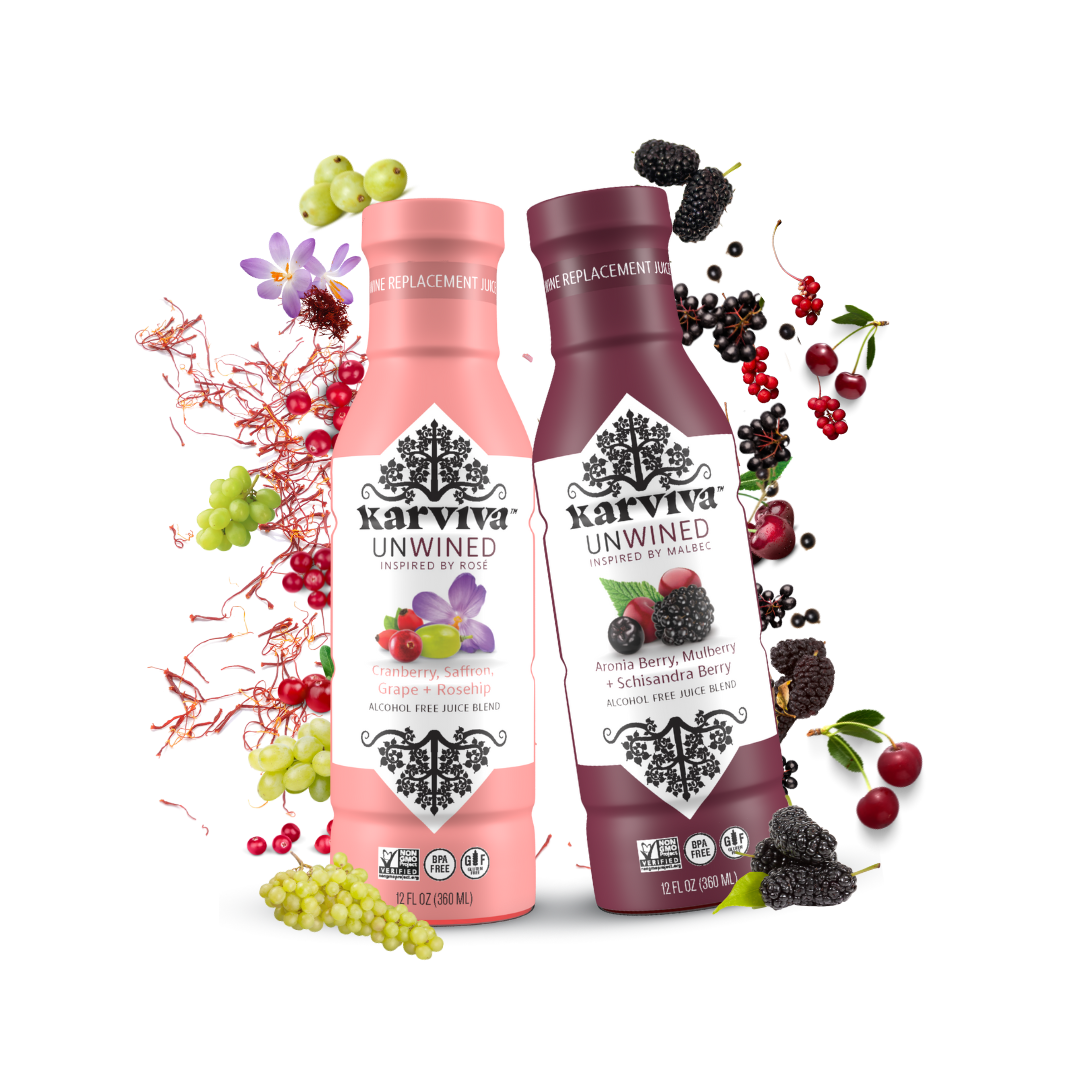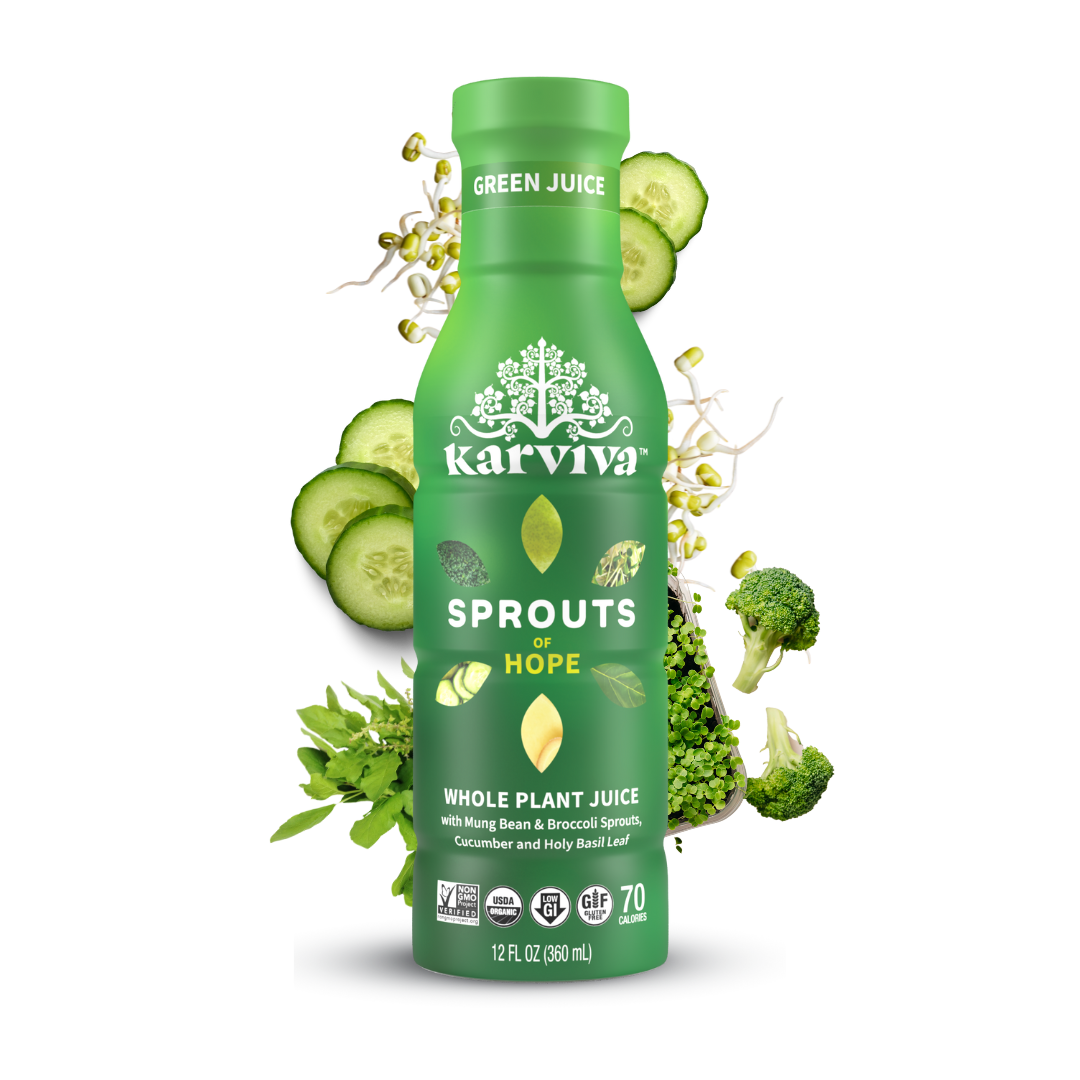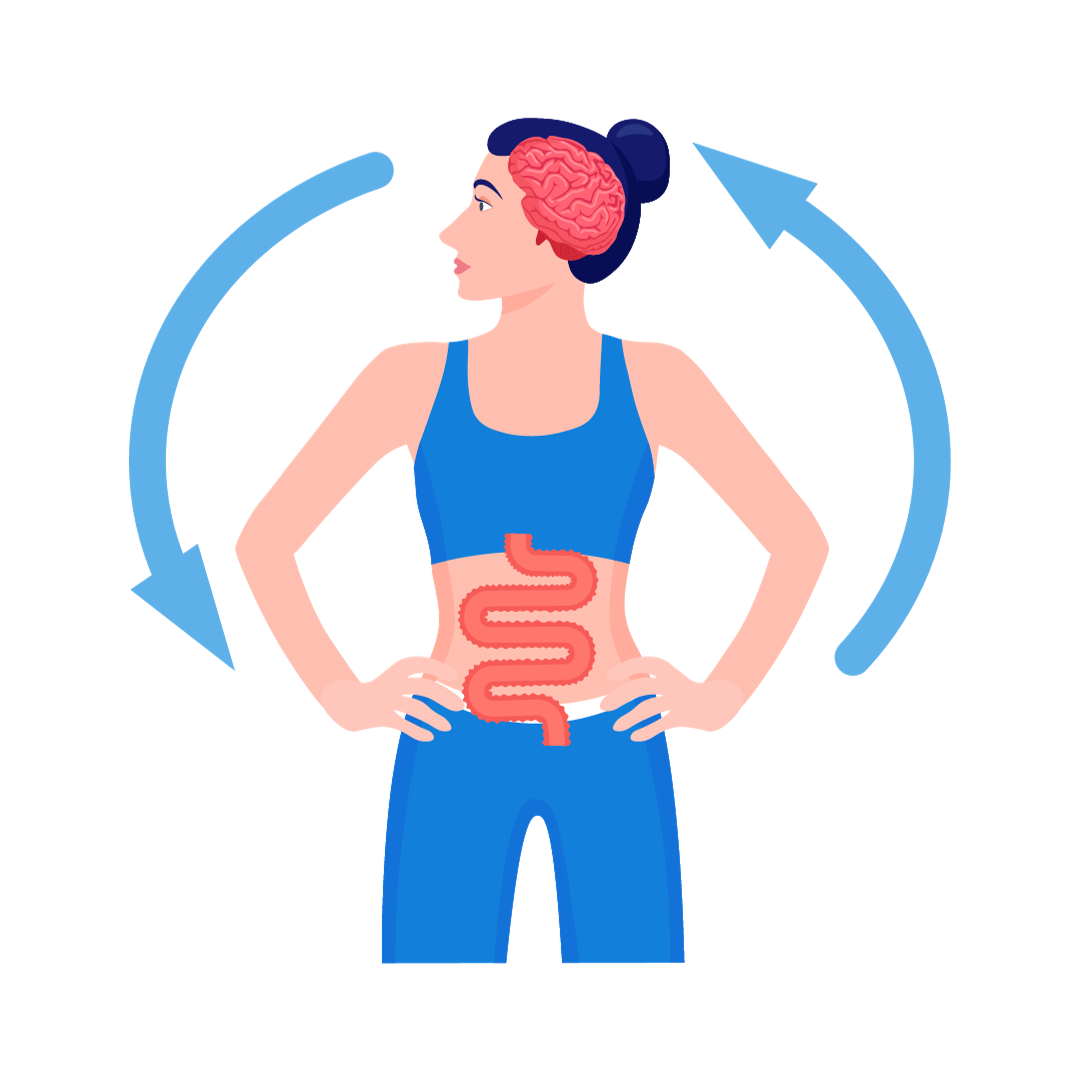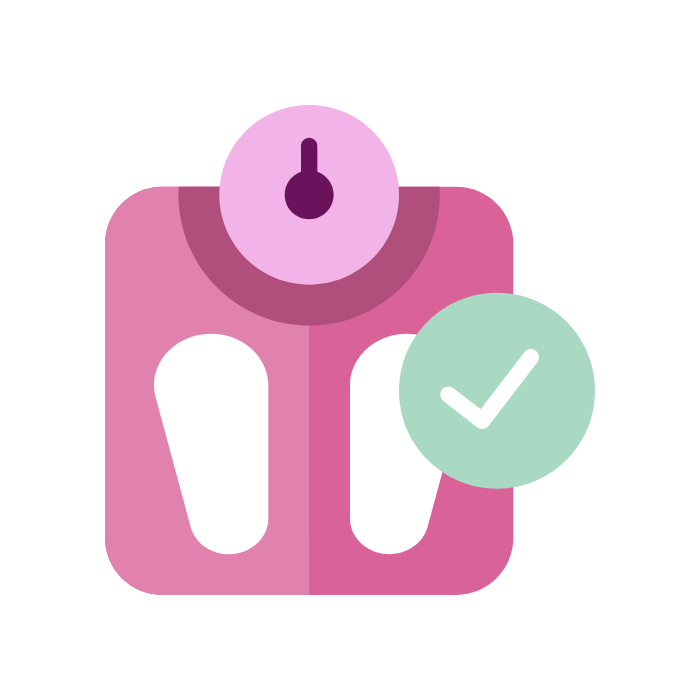
Let’s face it: it is June 2020, we are already half way into 2020 and it hasn’t been a normal one. Everyone I know is feeling the stress, for some such intense stress level induced by the unexpected chaos around the world has started to impact our health. So how do we regain our well-being? The answer might be too simple to believe: MINDFULNESS.
Mindfulness is a method or practice of improving your well-being by telling you to slow down and focus on the present moment you’re in. It encourages you to accept everything at the moment without judgement and hesitation. It involves acceptance of your feelings, sensations, thoughts, and the environment around you without determining if they’re right or wrong. Your thoughts sync with what you perceive moment-by-moment. You live in the now without rewinding the past and fast-forwarding into the future.
You may think: Oh, no, not meditation, as that is too hard! As least, that is how I feel, I can never sit down and mediate for 10 minutes! Mindfulness is actually different and can be more easily practiced in our daily life. Mindfulness is predominantly an awareness of your outer self, while meditation is mostly focusing on your inner self. The practices of mindfulness and meditation do overlap. Think of them as complementing each other, both with the same goal of calming your chaotic mind. Some would even argue that mindfulness is a form of meditation. In this article, we will treat mindfulness as a separate practice. Mindfulness can be practiced anytime, anywhere, and practically applied to any situation or thing. On the other hand, meditation is usually designated for a specific time and place.
The term mindfulness is said to have originated from the Sanskrit term smrti and Pali counterpart sati. A set of terms that translated commonly as bare attention. It’s derived from Buddhist traditions and is based on Tibetan and Zen meditation practices. The Karviva Bodhi tree logo was designed based on this philosophy. You can imagine how far back these disciplines started. That’s how early mindfulness might have started. Western awareness of mindfulness came into realization during the 1970s when psychiatrists and psychologists figured out its therapeutic applications for depression, stress, and anxiety. Even drug addicts were given a glimpse of the positive effects of mindfulness. It was in part through the work of Jon Kabat-Zinn, an American professor at the University of Massachusetts Medical School that a secular form or practice of mindfulness became mainstream and the center of attention for those interested in its benefits. In 1979, he formulated his MBSR program (Mindfulness-Based Stress Reduction) which inspired and attracted numerous followers and advocates. After understanding his mindfulness methods, hundreds of research studies have documented the positive mental and physical benefits of mindfulness.
So, how do you practice mindfulness? There’s a tremendous amount of research accumulating yearly with regards to mindfulness. Mindfulness is practiced, adapted, and applied in different settings and situations. It has branched out to different training programs and institutions. At the most basic level, you can practice mindfulness with the below simple steps:
SIT. Find a safe, calm, and quiet place to go to. Make sure you’re in a comfortable and stable position. A seated position is preferred over a standing one.
SET A TIME LIMIT. If you’re just getting started, 10 to 15 minutes of mindfulness will do. Set a time limit using the alarm clock on your cell phone or watch, so you don’t get distracted checking on the time.
BREATHE. Focus on your breathing. Inhale and exhale slowly. This will be your anchor point.
WHEN YOUR MIND WANDERS AND YOU REALISE IT, RETURN. Your mind will wander away from your breathing and may even go on autopilot. This is the tricky part. Once you’ve noticed that your mind has wandered (after 10 seconds or 2 minutes), simply return your focus on your breathing.
DON’T THINK OR JUDGE. Show kindness to your wandering mind. Relax. It’s a fact that your mind will wander. Don’t be too harsh on yourself. No judgements are needed, and you shouldn’t obsess over the things you had thought about when your mind was wandering. Judgement may also be perceived as thinking and lead to wandering.
A wandering mind isn’t something you should be frustrated about. It’s part of being human. Being able to realize that your mind has wandered and gone back to breathing, that’s the part that improves your health and well-being. The more you engage in this mind exercise, the more easily and consciously you will be able to return to the present moment you’re in. No autopilot, no wandering around. Your breathing serves as your anchor point, something to go back to. As time passes by, you’ll notice that your mind tends to wander a lot less. Also, you will be able to use different points to go back to like any one of your senses, what you’re feeling, anything happening in your immediate surroundings, as long as they’re in the moment you’re presently in. Mindfulness is quite natural once you notice its existence. Unfortunately, there’s so much information bombarding our brains about mindfulness that it gets frustrating even to get started. Remember, make it simple by following the steps enumerated.
Research has indicated that a daily mindfulness practice of 30-45 minutes can offer many health and mental benefits and if you’re just starting, try breaking the session into two separate 10 to 15-minute periods.


